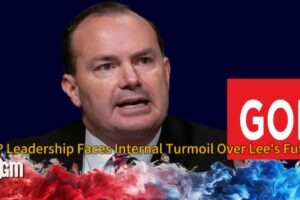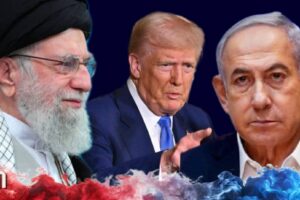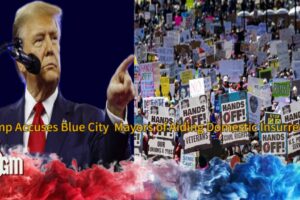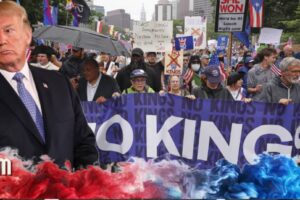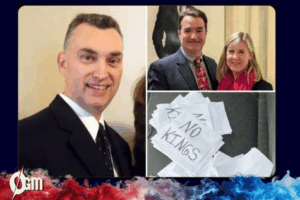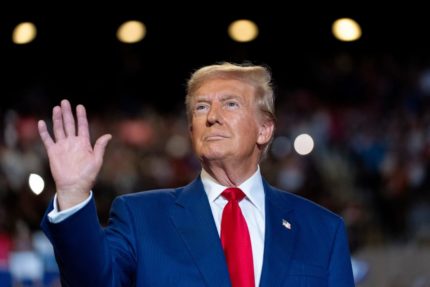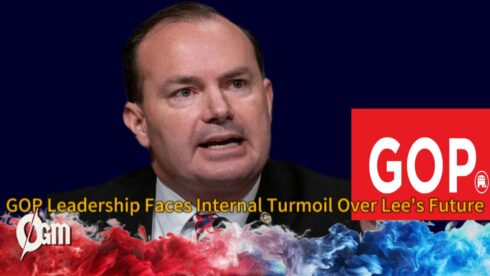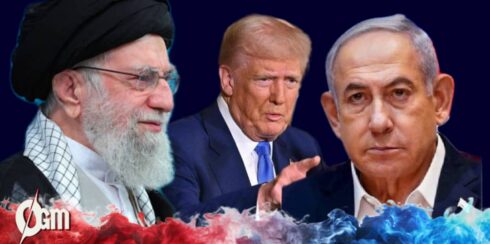On his first full day back in the Oval Office, President Donald Trump wasted no time in setting the tone for his administration. From announcing a potential 10% tariff on Chinese imports to signing a wave of executive orders on immigration and law enforcement, Trump’s return has sparked immediate policy shifts and controversy.
Donald Trump Plans 10% Tariff on Chinese Imports
President Donald Trump revealed on Tuesday that he is considering imposing a 10% tariff on Chinese-made goods as soon as February. Speaking at a press conference, Donald Trump justified the move by alleging that China is “sending fentanyl to Mexico and Canada,” which he claims is exacerbating the opioid crisis in the U.S. The proposal is expected to reignite tensions between Washington and Beijing, potentially disrupting global trade relations.
Economic experts warn that such tariffs could have significant ramifications for American consumers and businesses. If implemented, the tariffs would likely raise the cost of imported goods, impacting industries reliant on Chinese manufacturing. While Trump argues that the measure would protect American jobs and reduce reliance on Chinese imports, critics fear it could trigger retaliatory actions from China, escalating an ongoing trade war.
Immigration Crackdown: Asylum Seekers Turned Away
One of Donald Trump’s first executive orders targeted illegal migration, fulfilling a key campaign promise. On the morning of his inauguration, dozens of migrants gathered at the Chaparral crossing in Tijuana, hoping to speak with U.S. border officials about their asylum claims. However, Mexican authorities instead directed them to buses bound for shelters, effectively denying them a chance to enter the U.S.
Among them was Oralia, a mother fleeing cartel violence in Michoacán with her two children. She had hoped to secure medical care for her 10-year-old son, who suffers from epilepsy. “We have no choice but to go back and trust in God that nothing happens,” she lamented. Hours later, Trump signed additional executive orders aimed at curbing asylum applications, reinforcing his administration’s strict stance on immigration.
Donald Trump Pardons Capitol Riot Defendants, FBI Scrubs Investigation Details
Donald Trump also made headlines by issuing nearly 1,600 pardons to individuals convicted in connection with the January 6 Capitol riot. Defending his decision, he stated that the charges against them were politically motivated and that they were “patriots defending their country.” His administration further ordered all pending cases against riot suspects to be dropped.
In a controversial move, references to the FBI’s investigation into the January 6 attack—one of the largest probes in U.S. history—were removed from the agency’s website. Previously available information, including details on arrested suspects and outstanding fugitives, disappeared overnight. The FBI has yet to provide an official explanation, only stating that the pages “are no longer active.” Critics argue this erasure undermines accountability and signals a shift in how Trump’s administration will handle political unrest.
Xi and Putin Pledge Closer Ties Following Trump’s Inauguration
Hours after Trump took office, Chinese President Xi Jinping and Russian President Vladimir Putin held a video call, reaffirming their commitment to strengthening bilateral relations. Xi emphasized the need for “deepening strategic coordination” amid growing global uncertainty, while Putin called Xi a “dear friend” and praised their alliance.
The timing of their discussion suggests that Beijing and Moscow anticipate renewed geopolitical tensions under Trump. During his previous term, Trump took a hardline stance against China, engaging in a fierce trade war. His latest policy shifts—including the proposed tariff—indicate that his second term may see a continuation of that strategy, potentially pushing China and Russia into a closer alliance.
Donald Trump Eliminates Gender Marker Flexibility on U.S. Passports
In another swift policy change, the U.S. State Department removed information on changing gender markers on passports from its website. The now-deleted page previously allowed applicants to select “M” (male), “F” (female), or “X” (nonbinary) without requiring medical documentation. Under Trump’s new executive order, gender markers can no longer be changed, aligning with his declaration that “there are only two genders, male and female.”
LGBTQ+ advocacy groups have condemned the move, calling it a direct attack on transgender rights. Opponents argue that the policy reverses progress made under the previous administration and could create significant challenges for transgender Americans seeking legal recognition of their gender identity. Supporters, however, see it as a return to traditional definitions of gender in government documentation.
Trump’s return to power has been marked by rapid, sweeping policy changes, setting the stage for a contentious presidency. With economic tensions rising, immigration policies tightening, and civil rights debates reignited, his administration is poised for immediate clashes with both domestic opponents and international leaders. As the world watches, the implications of his decisions will unfold in the coming weeks.


